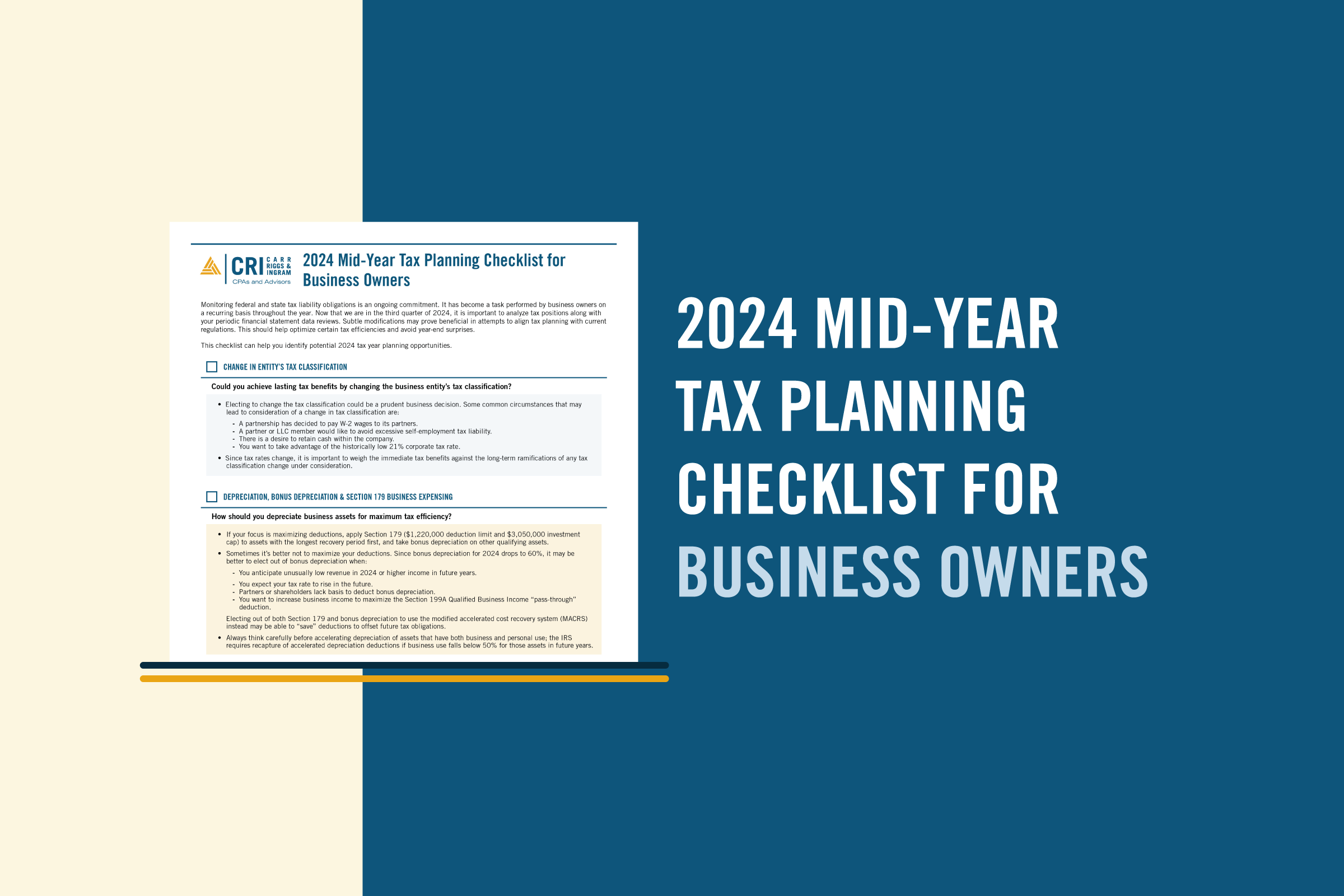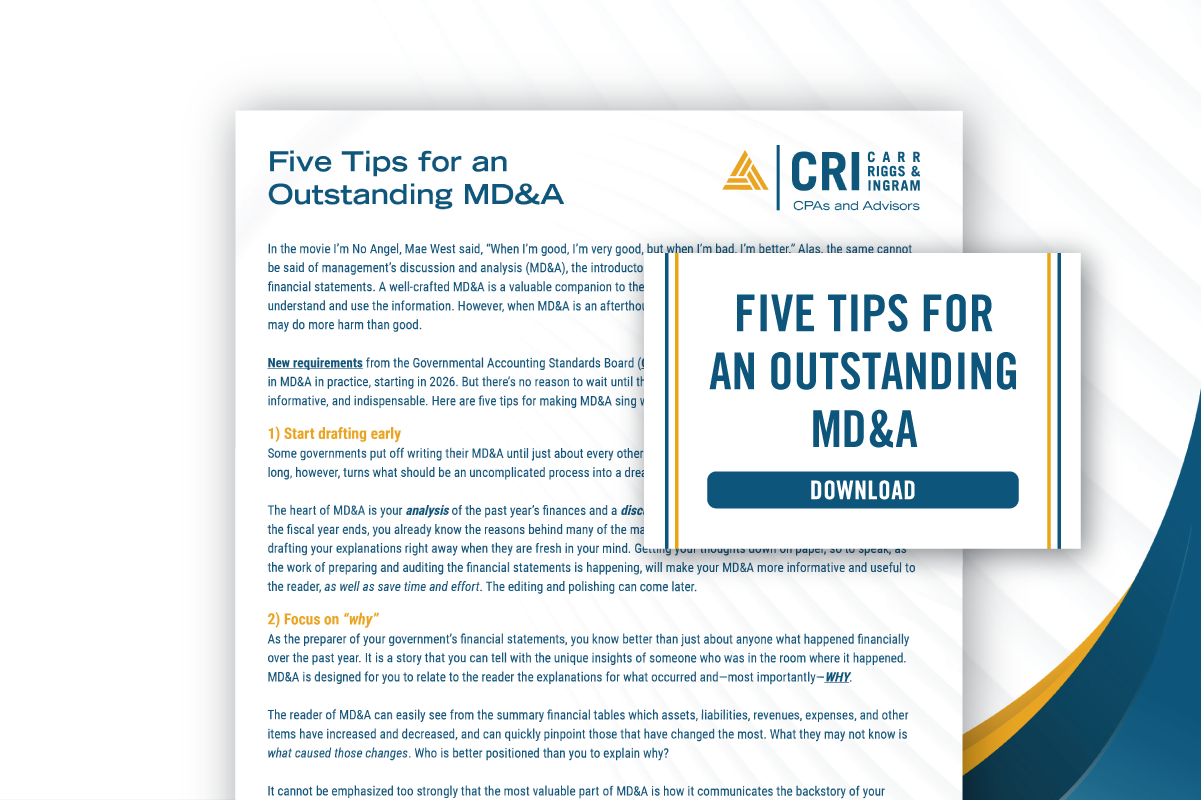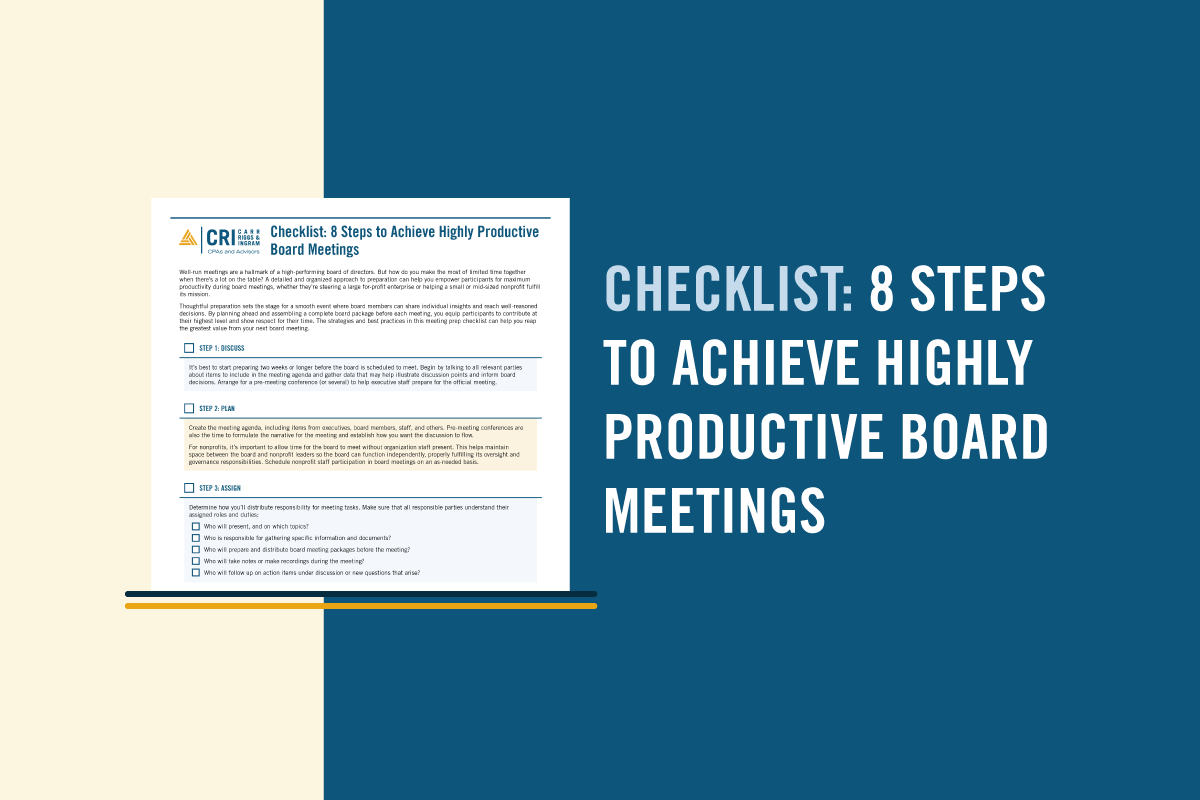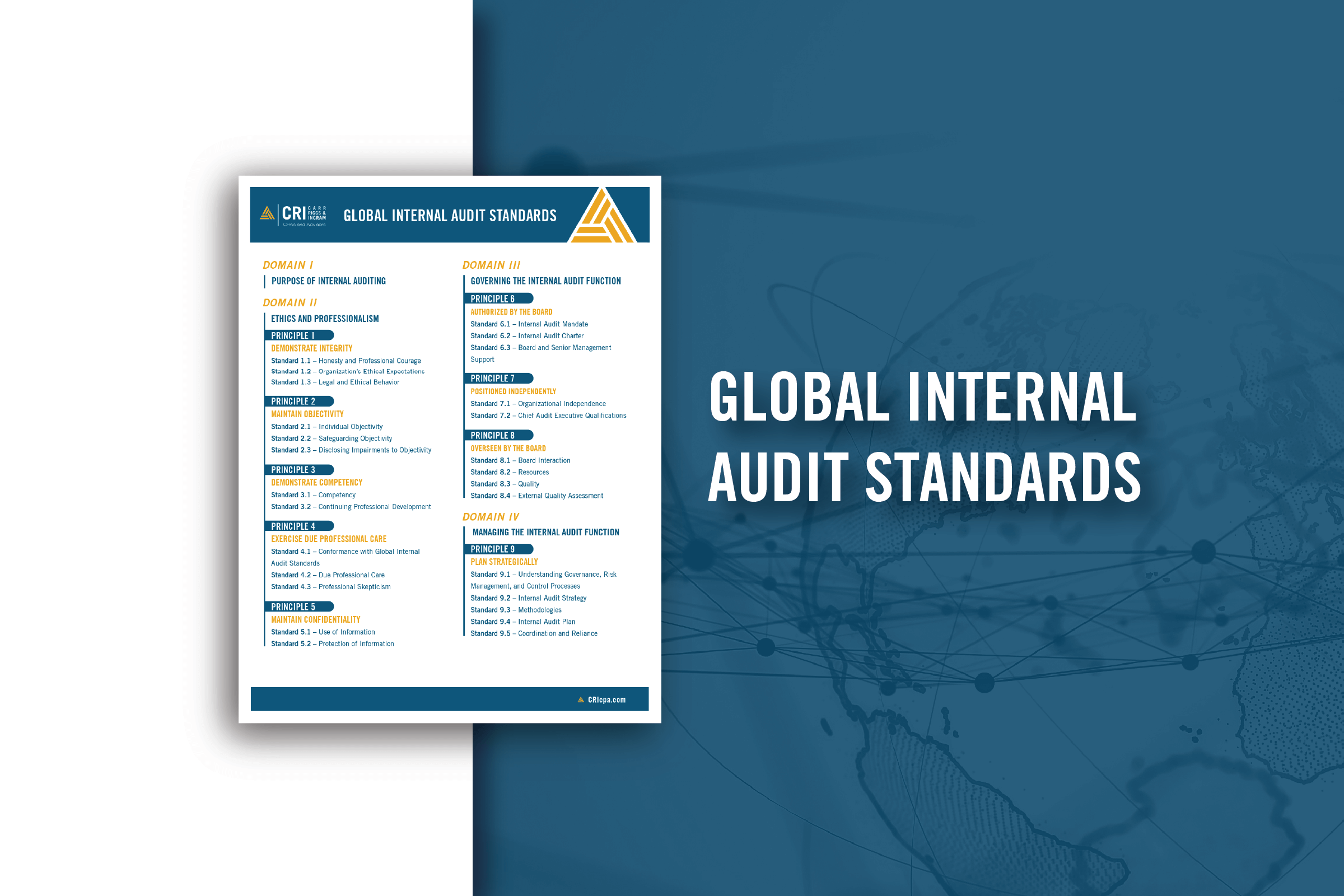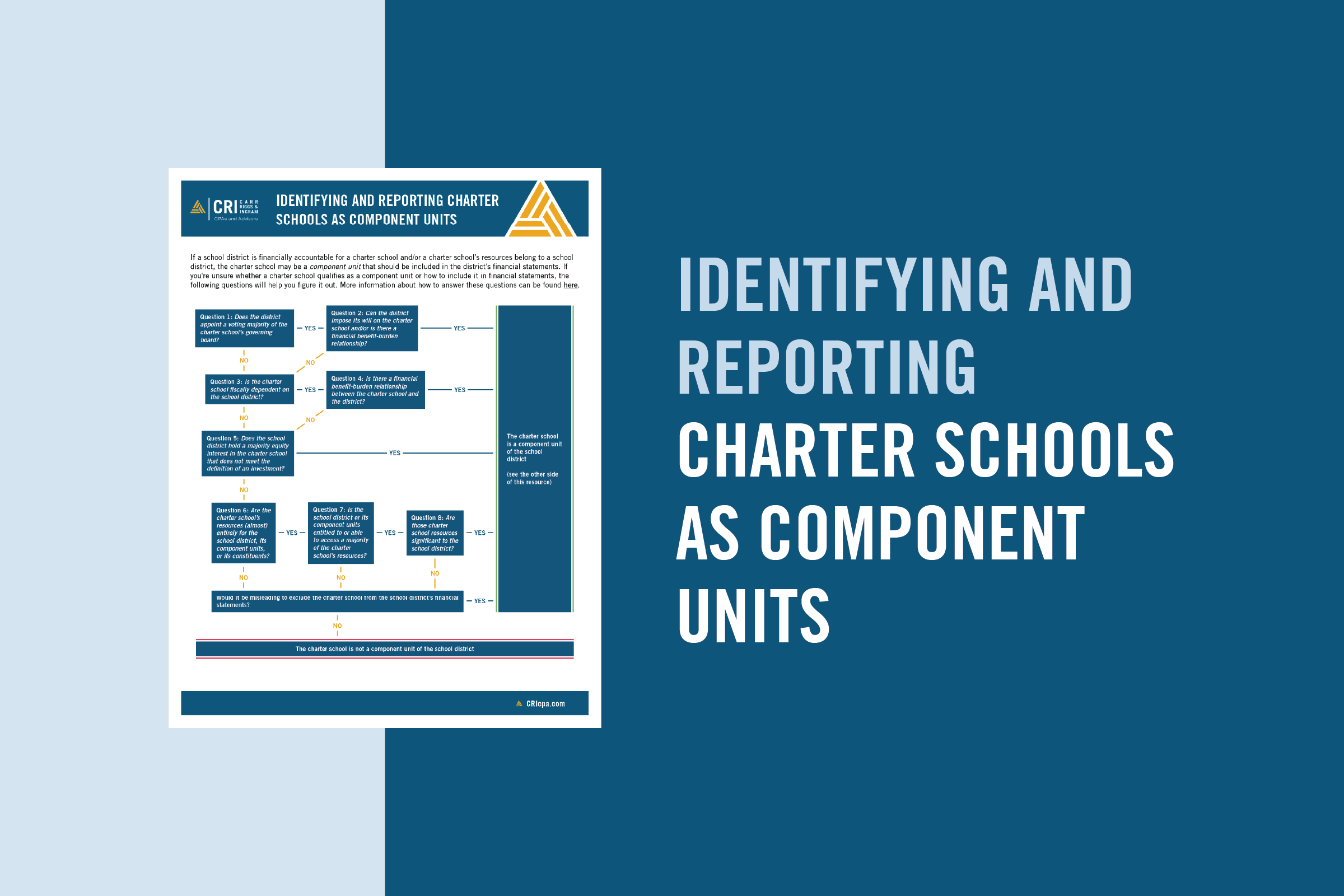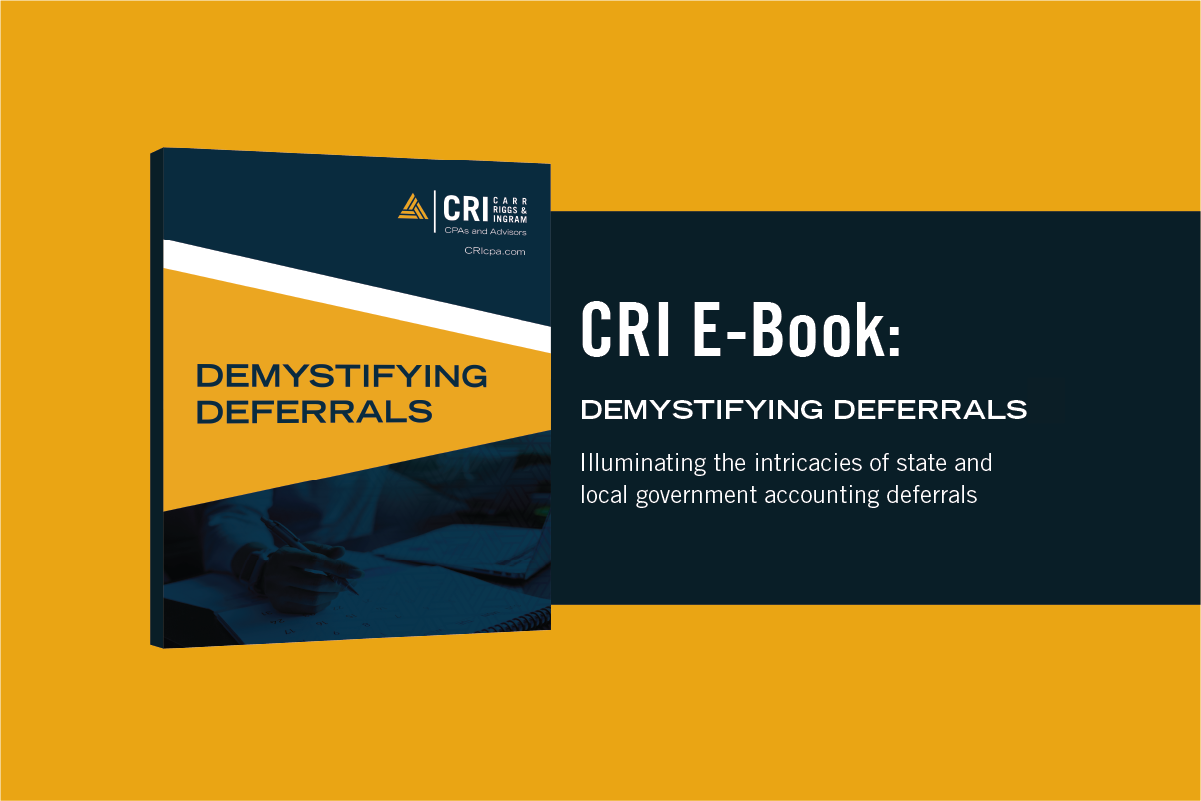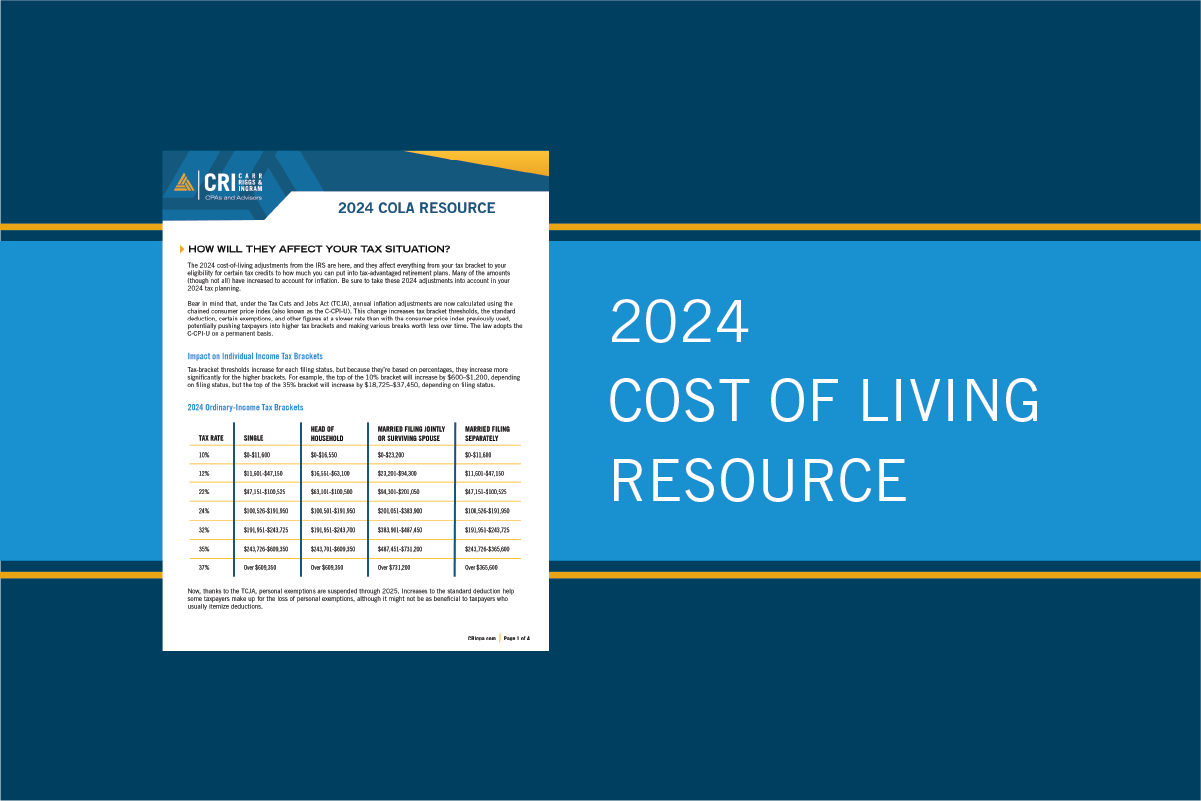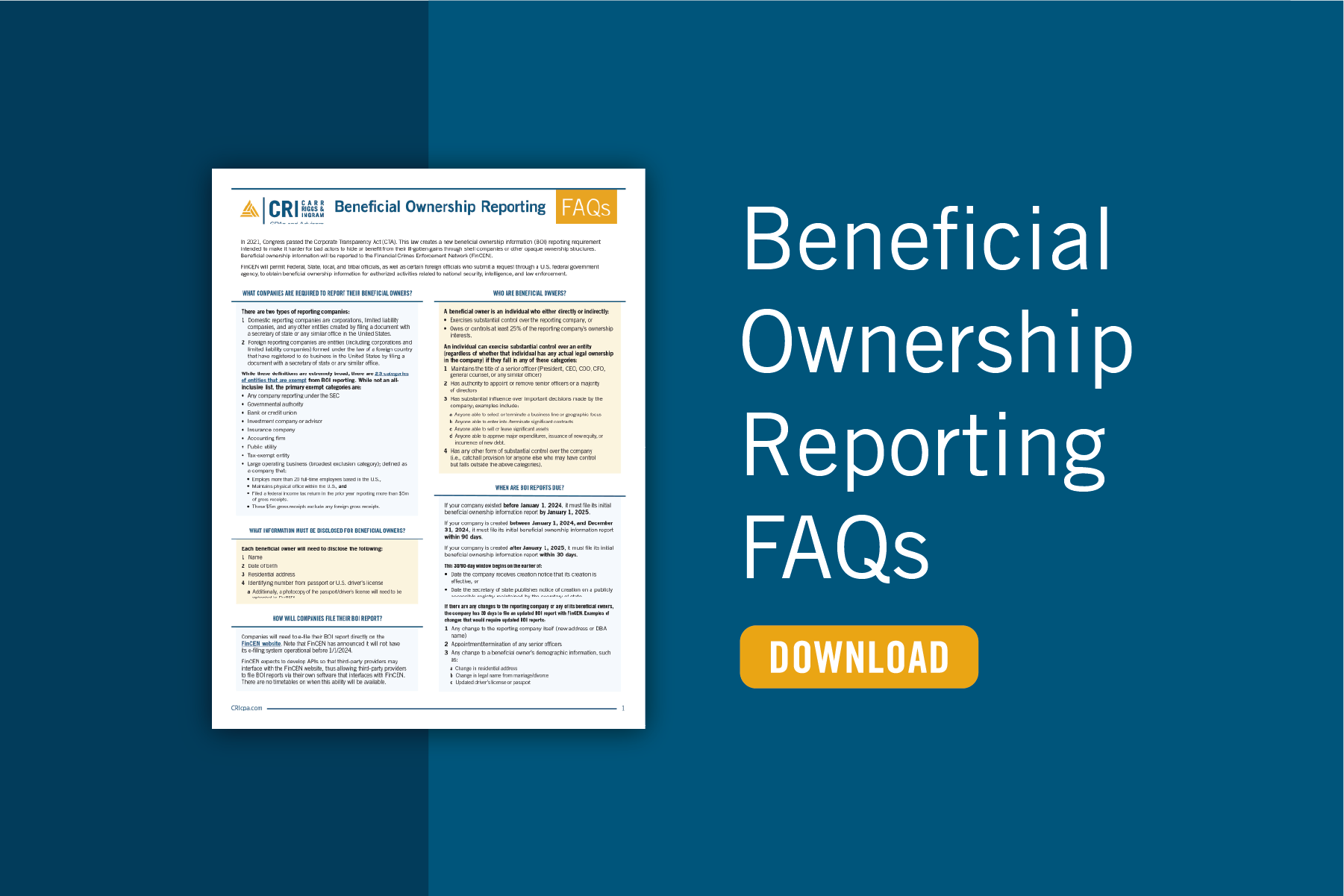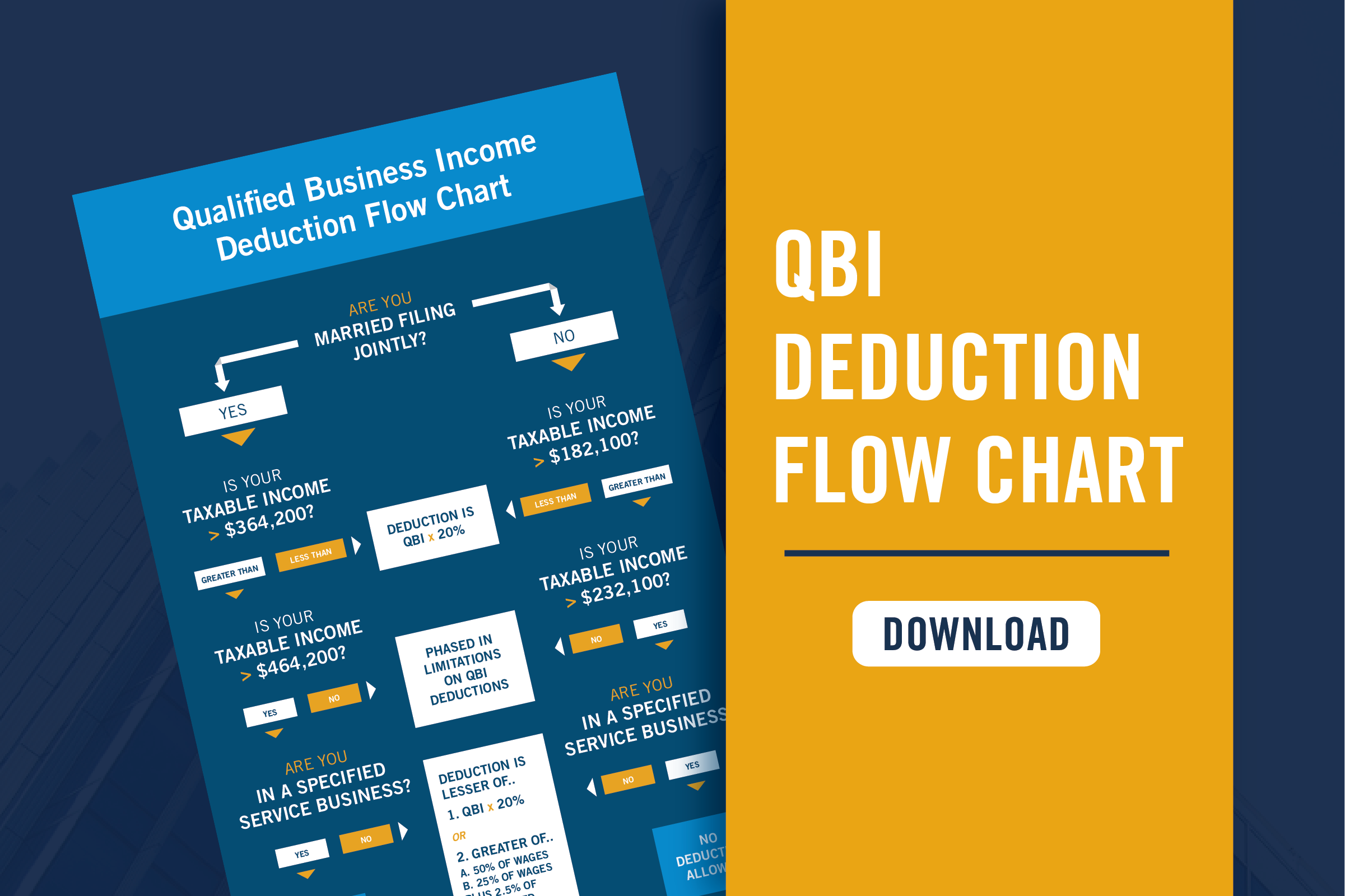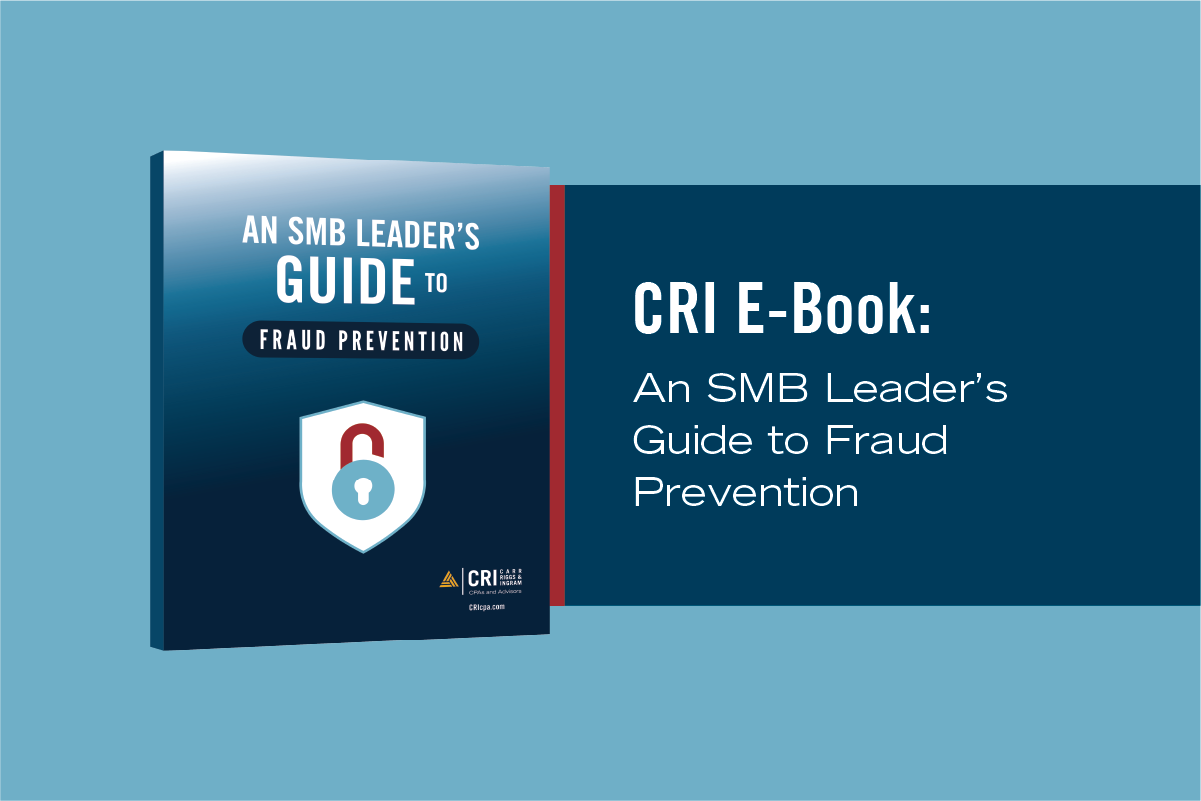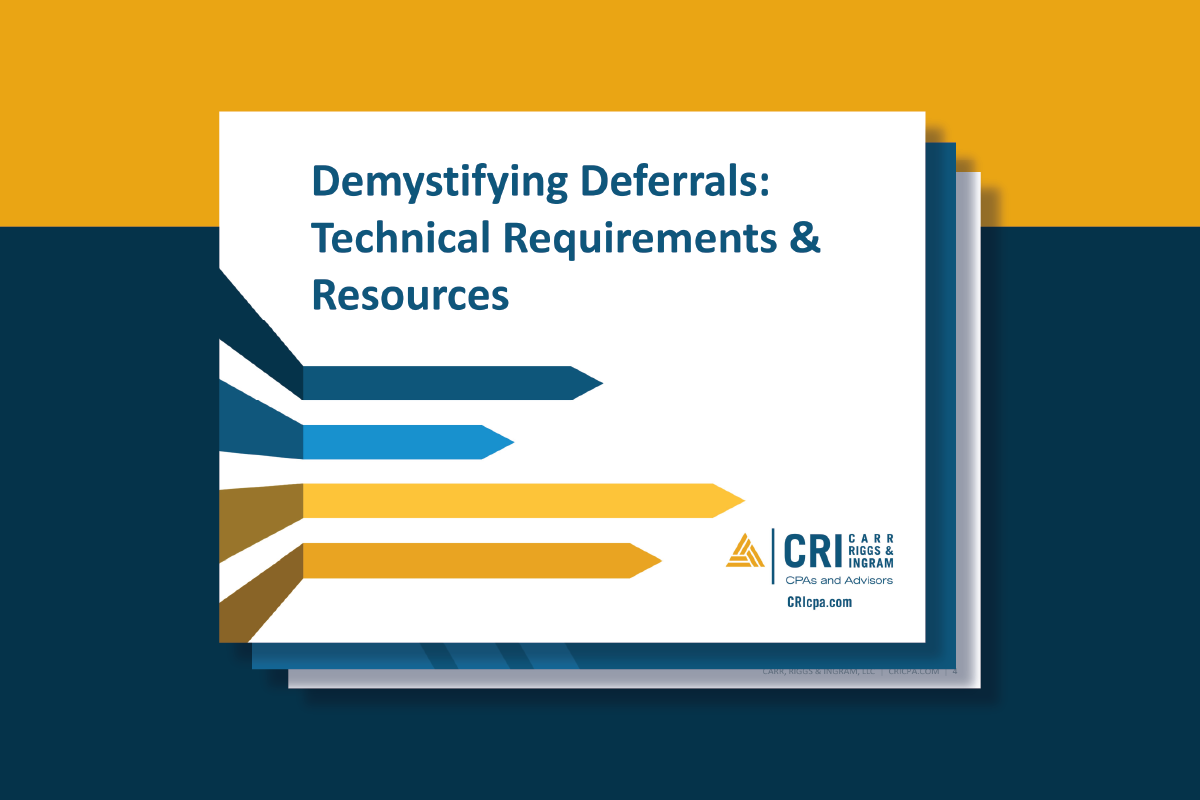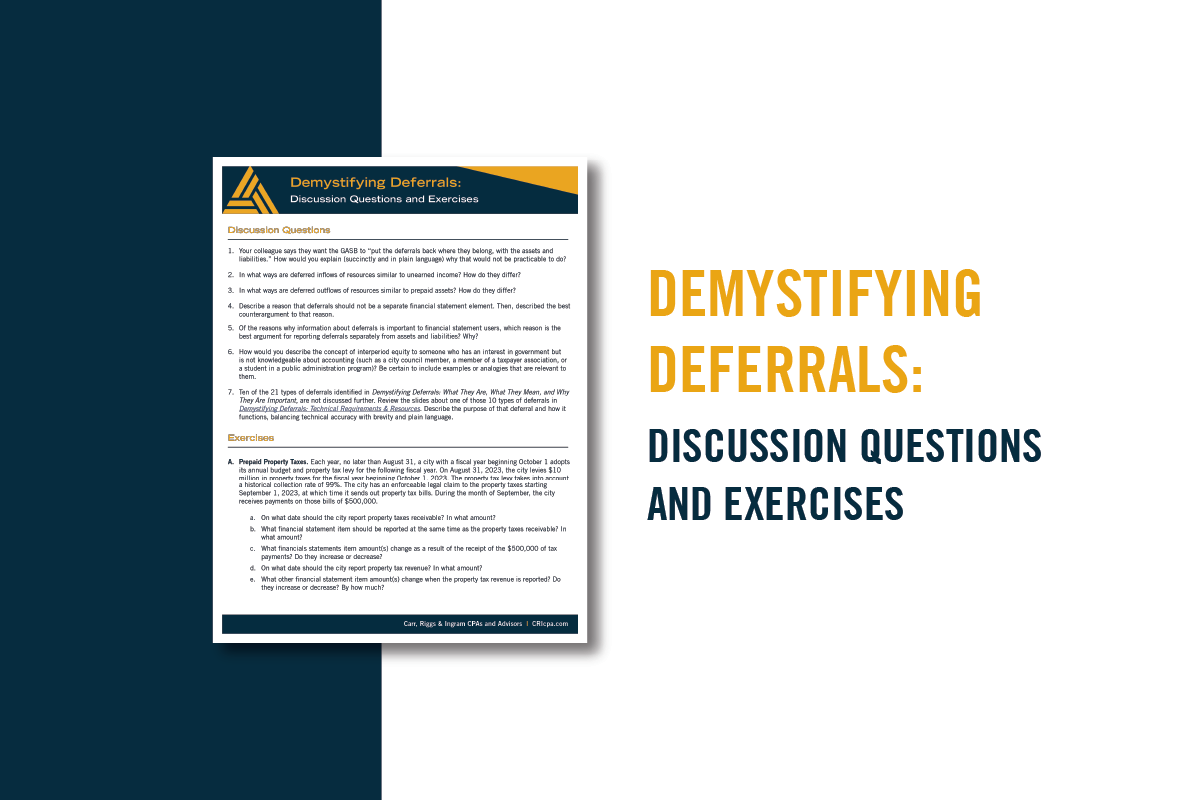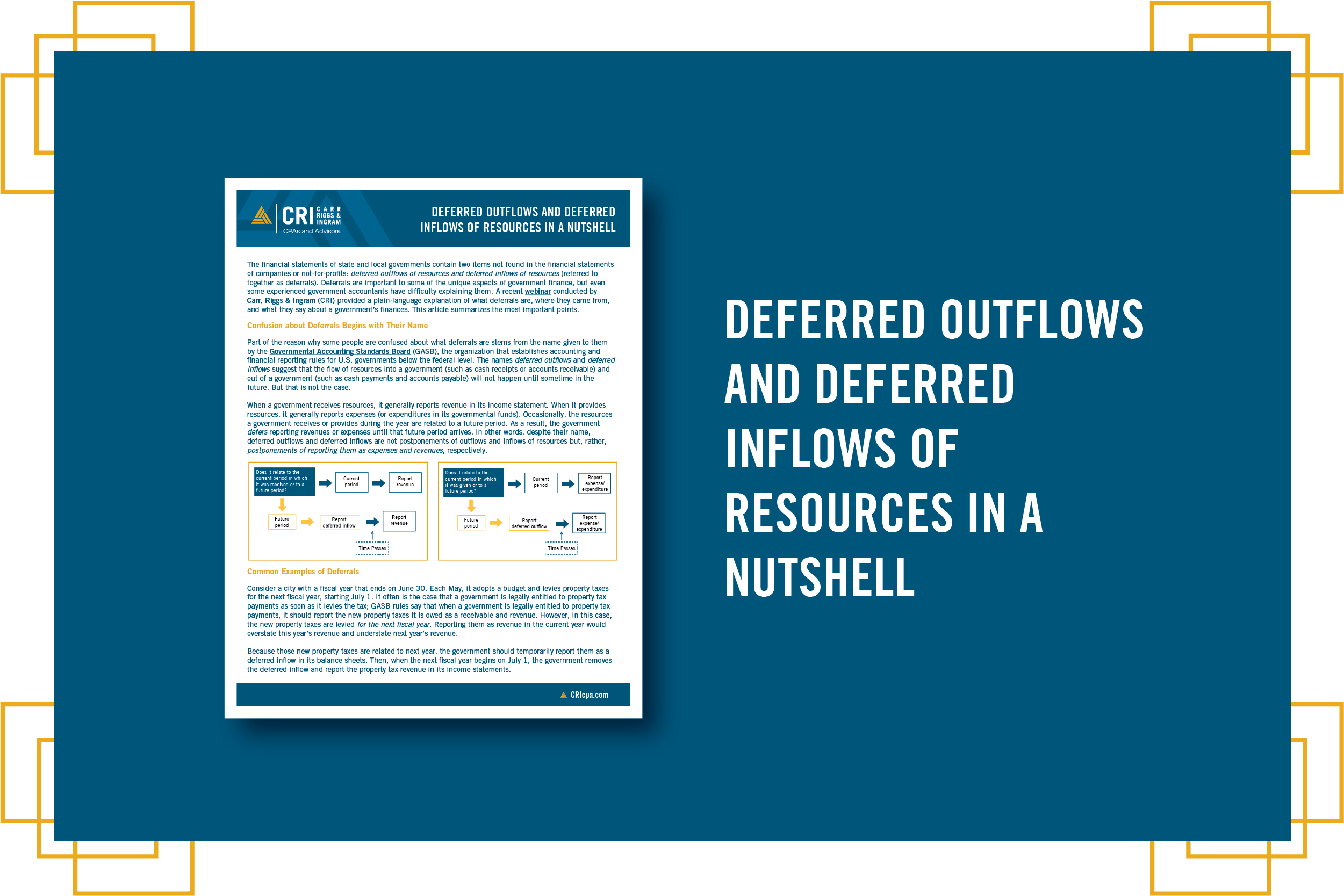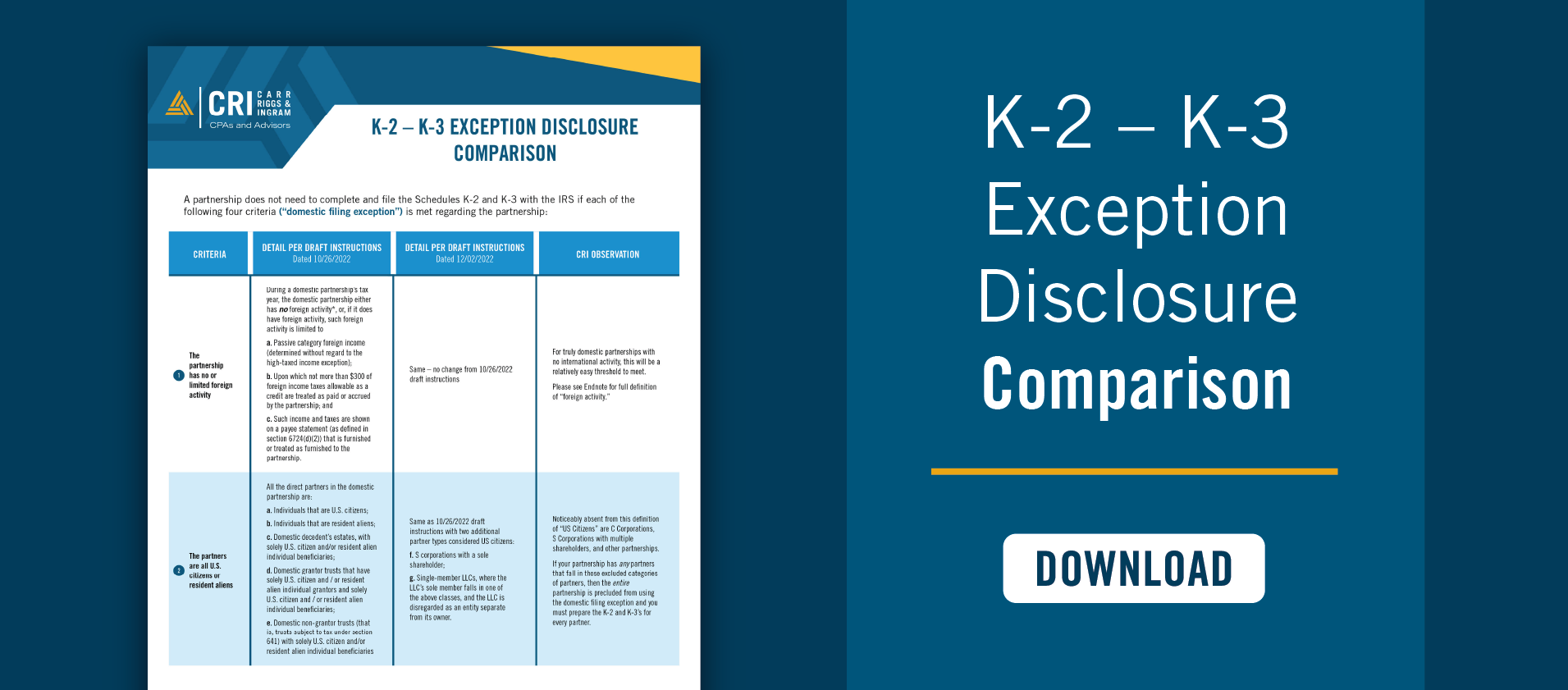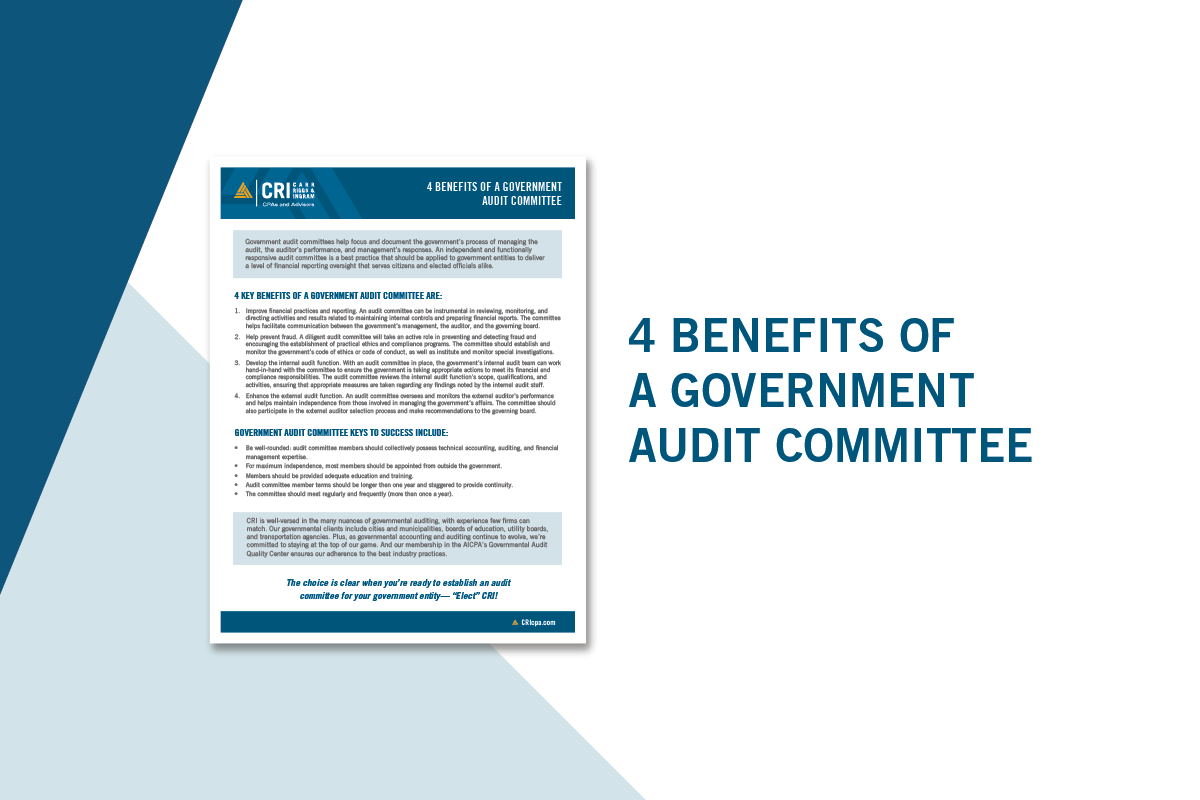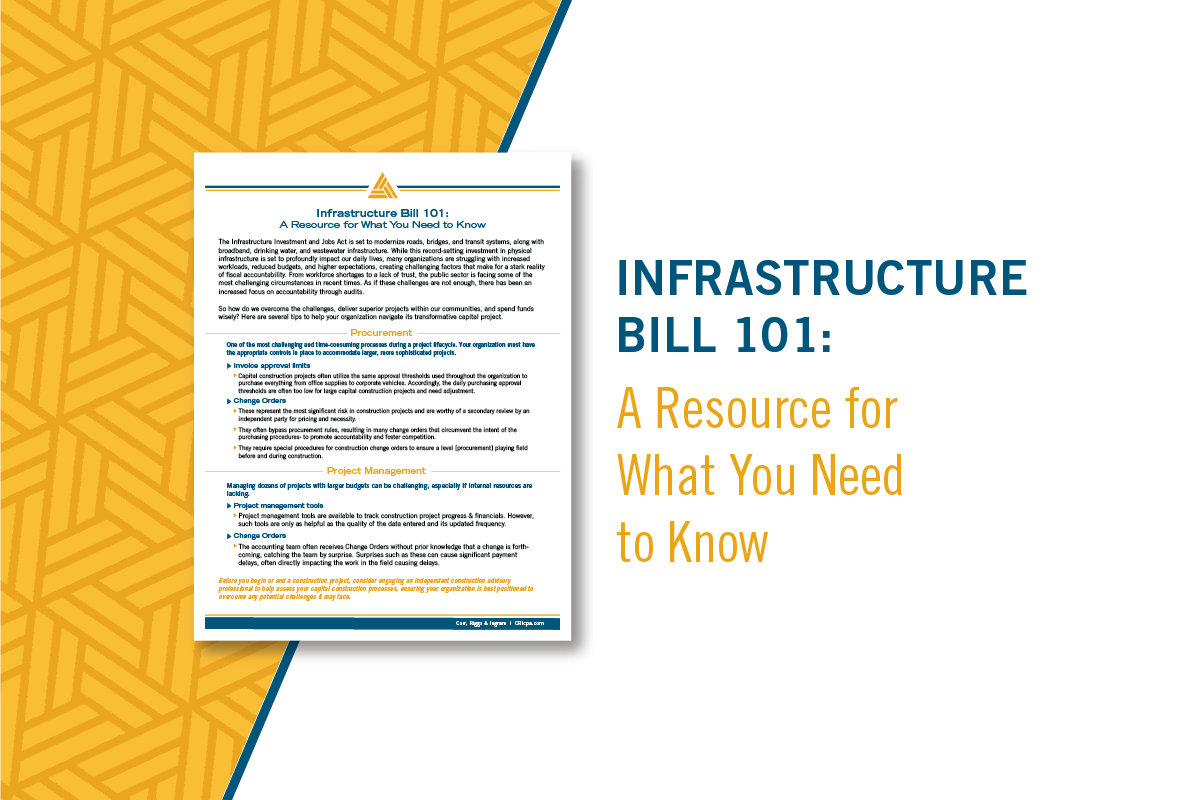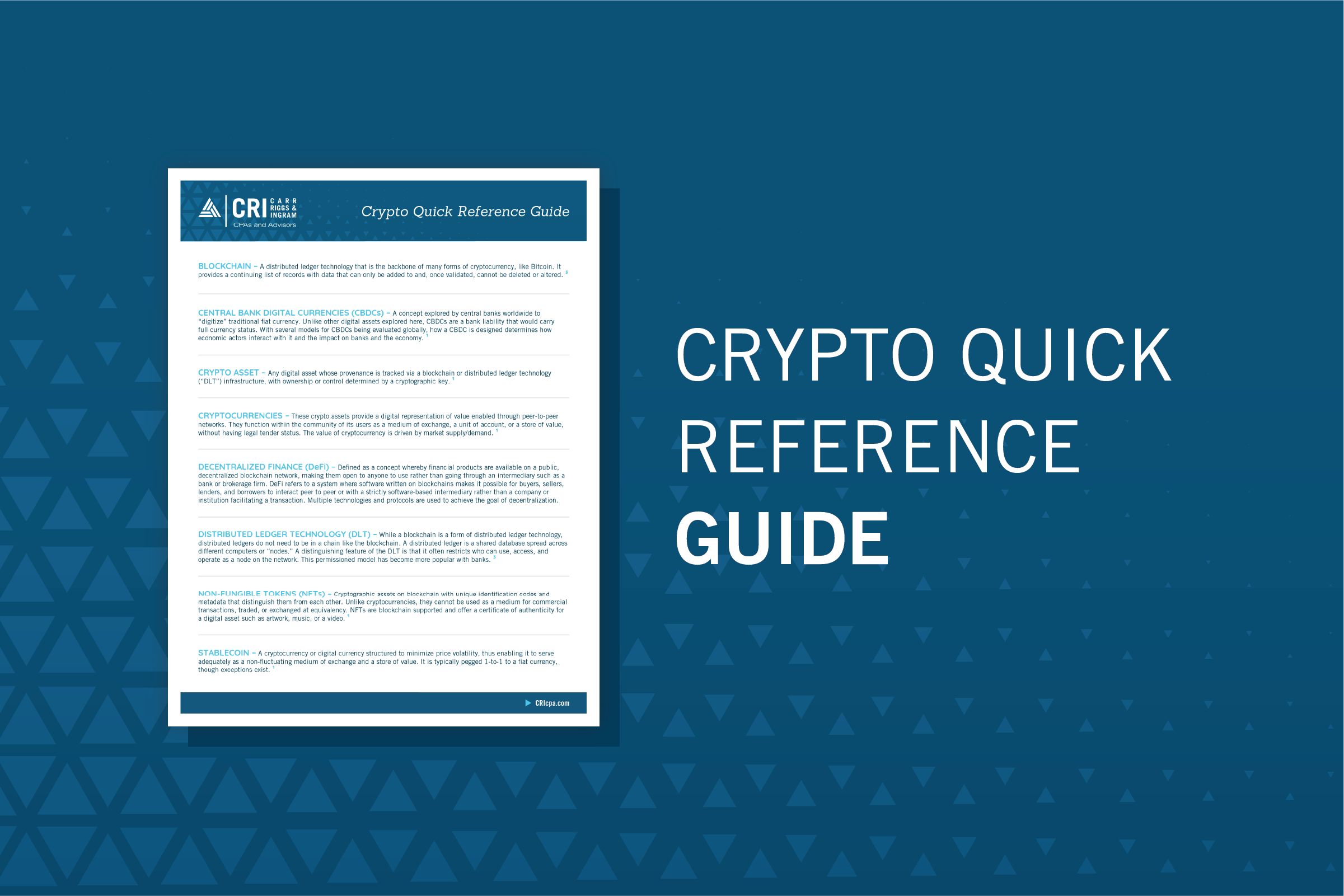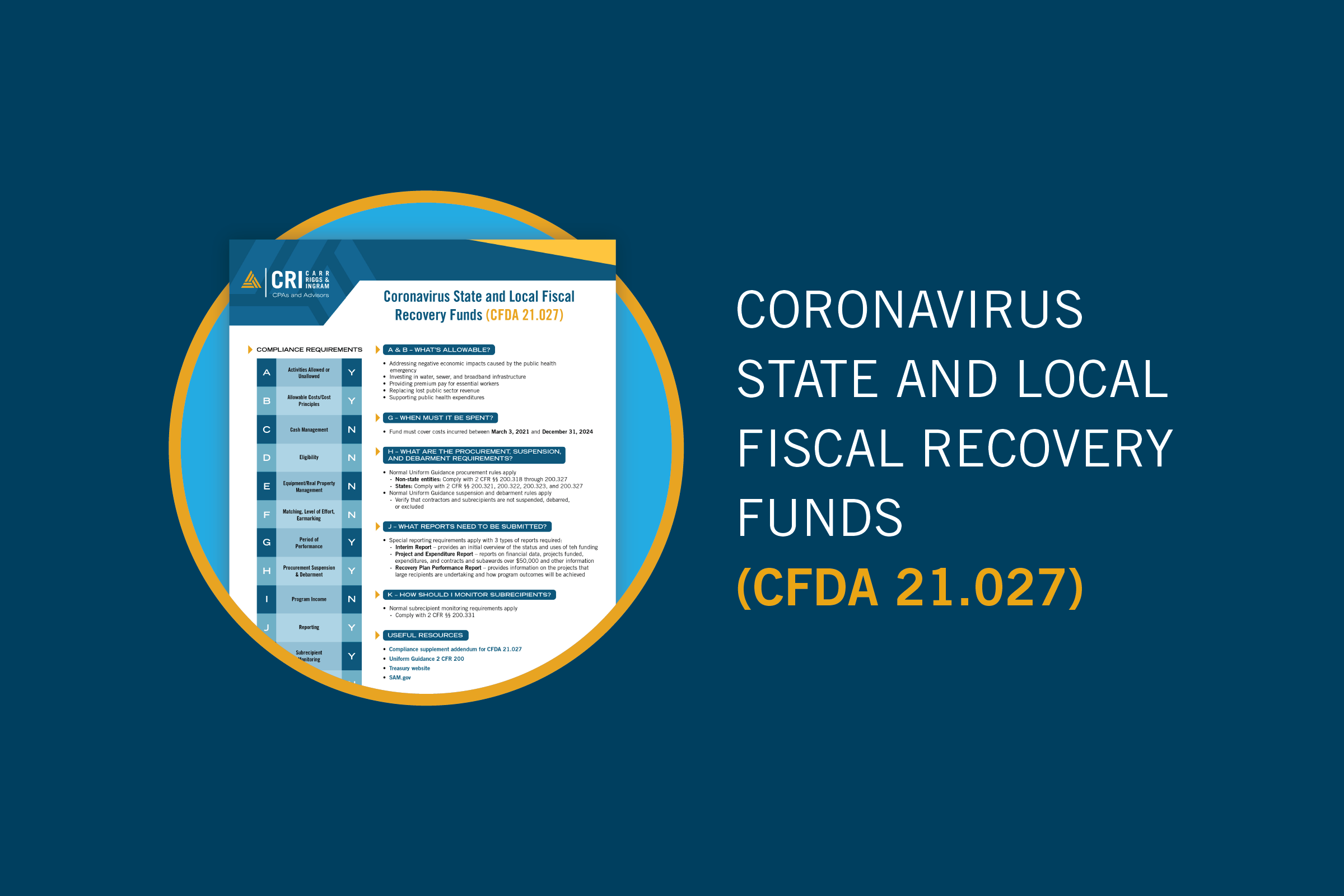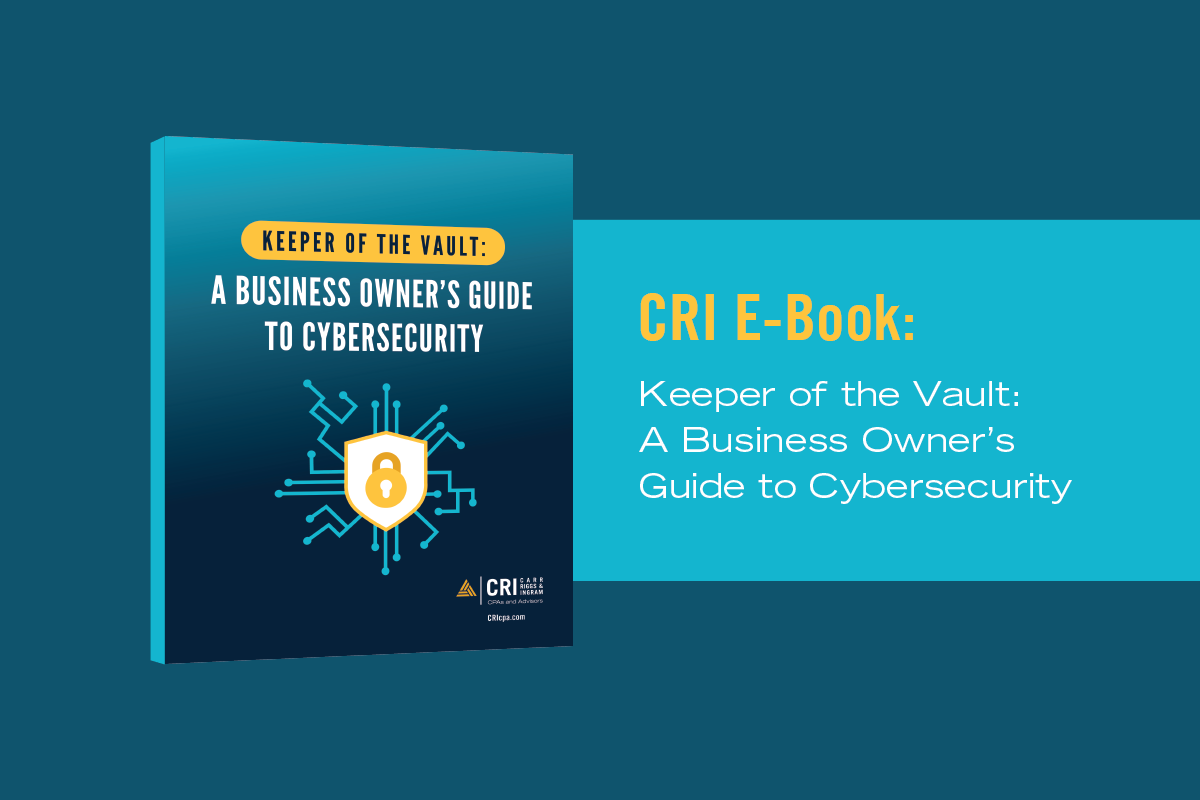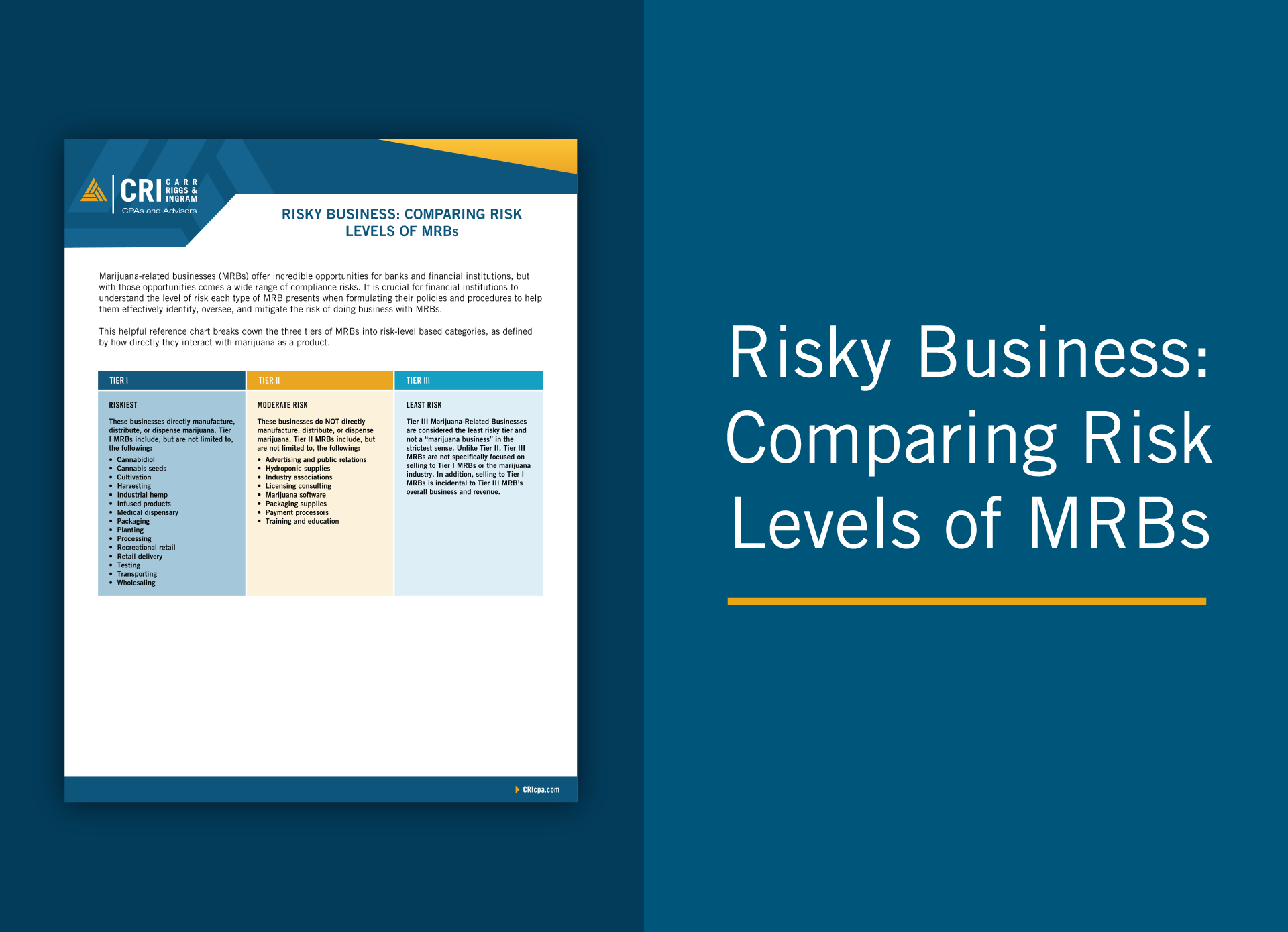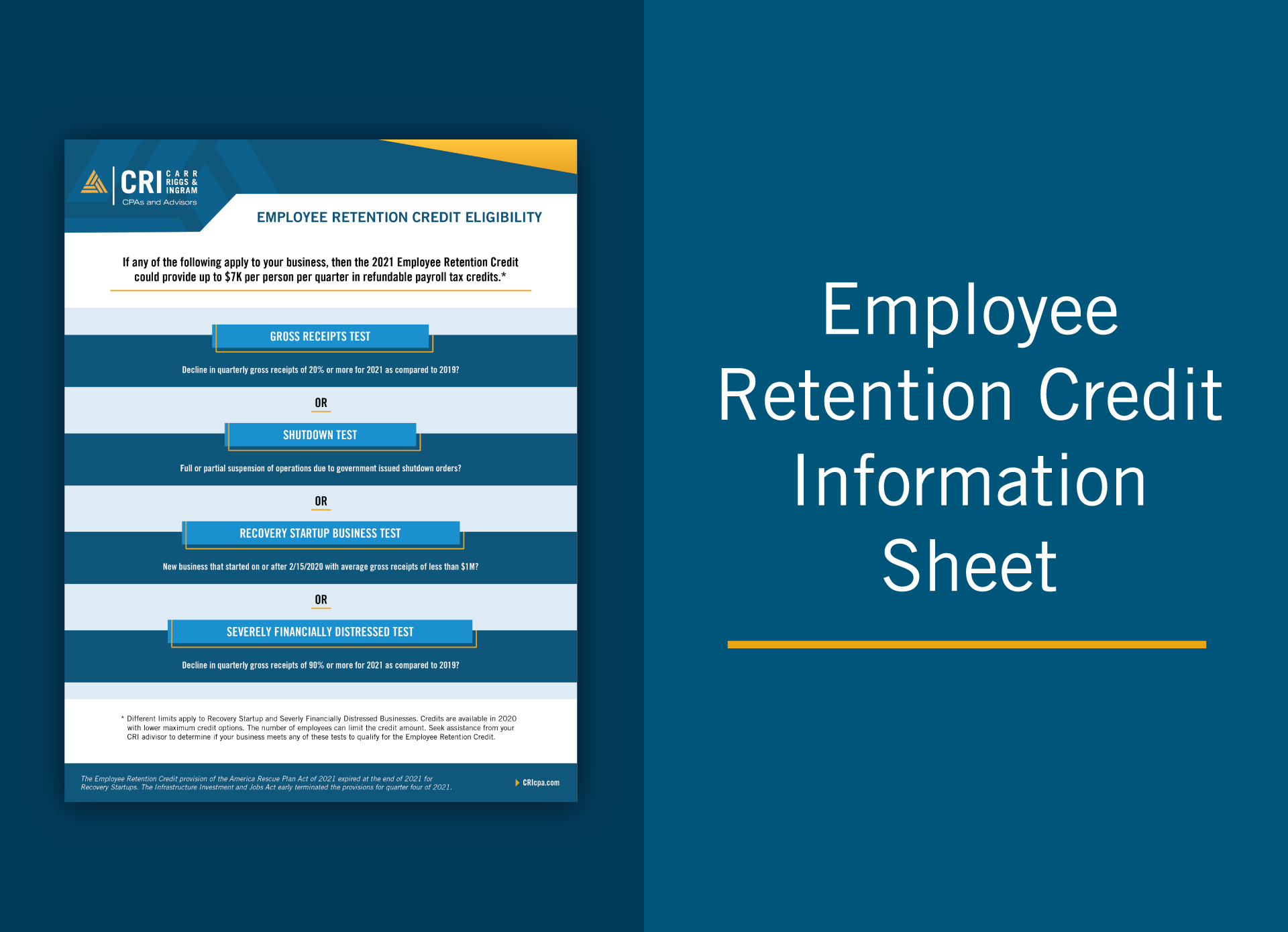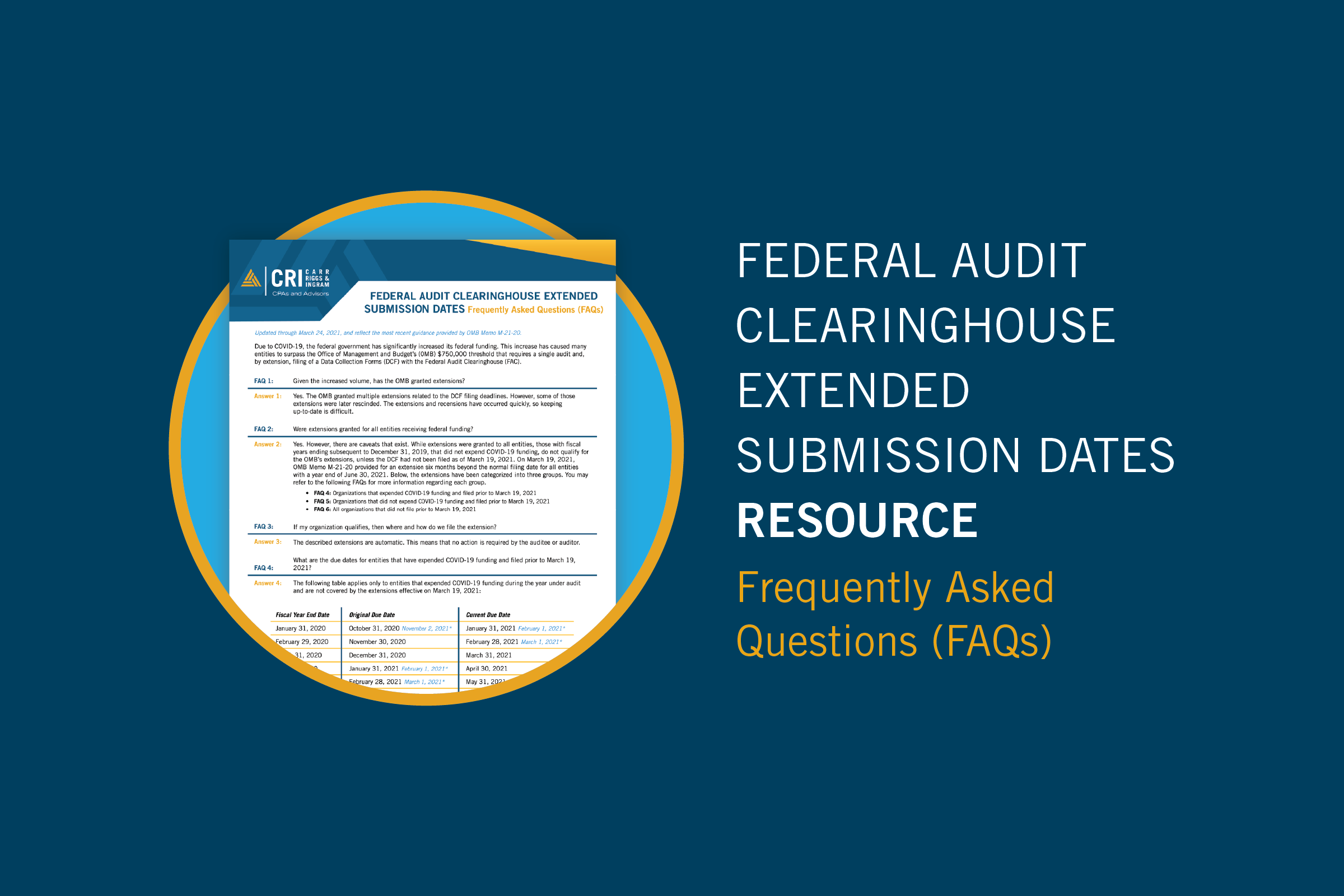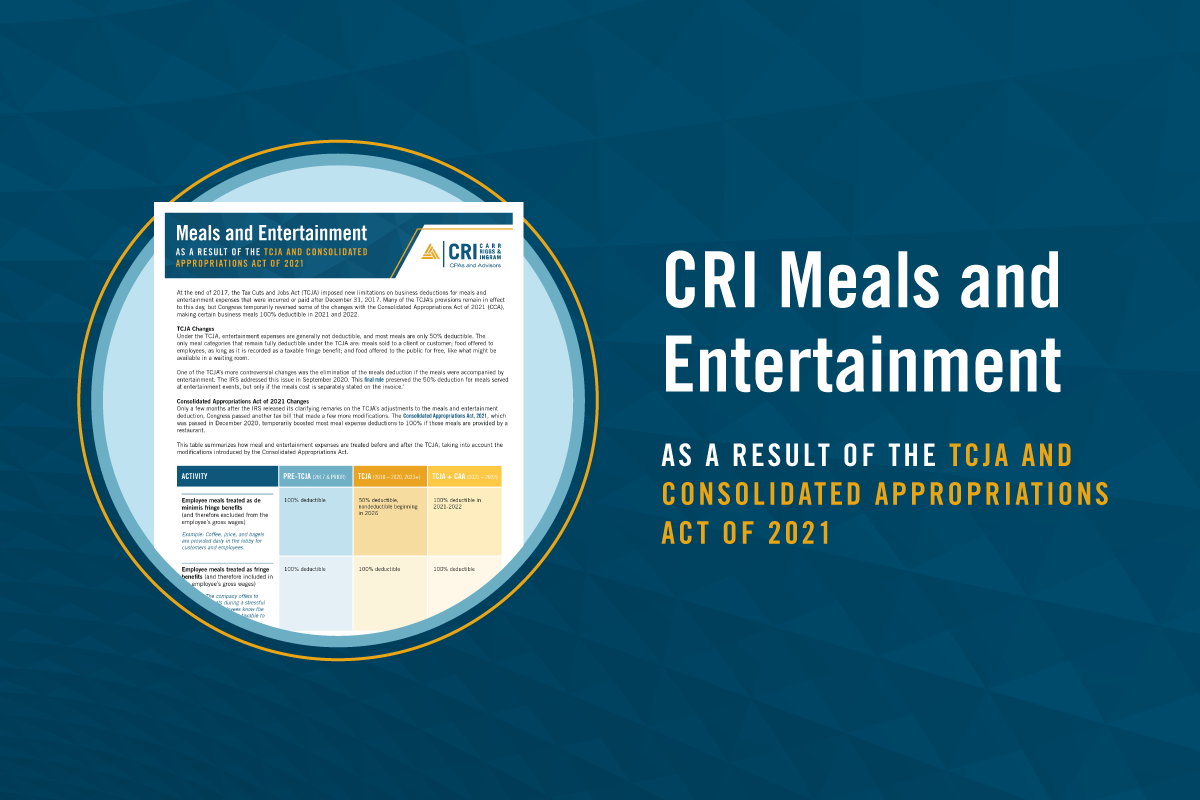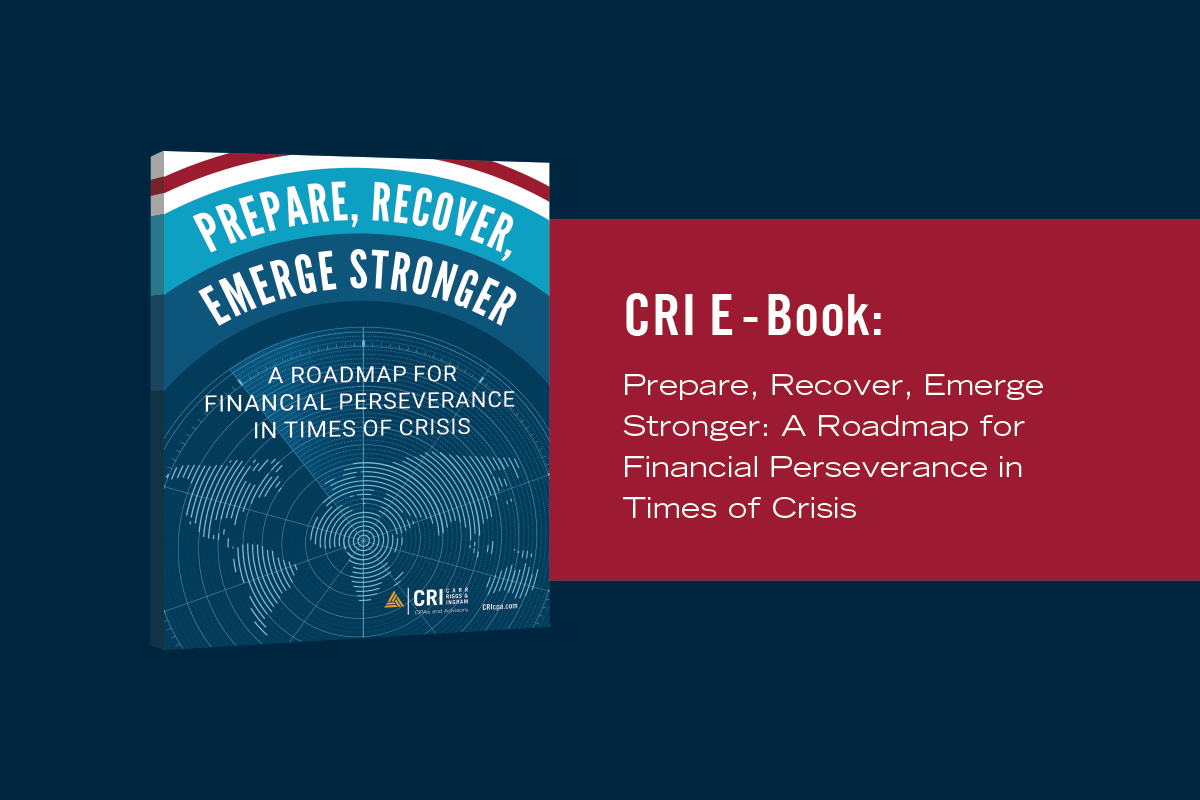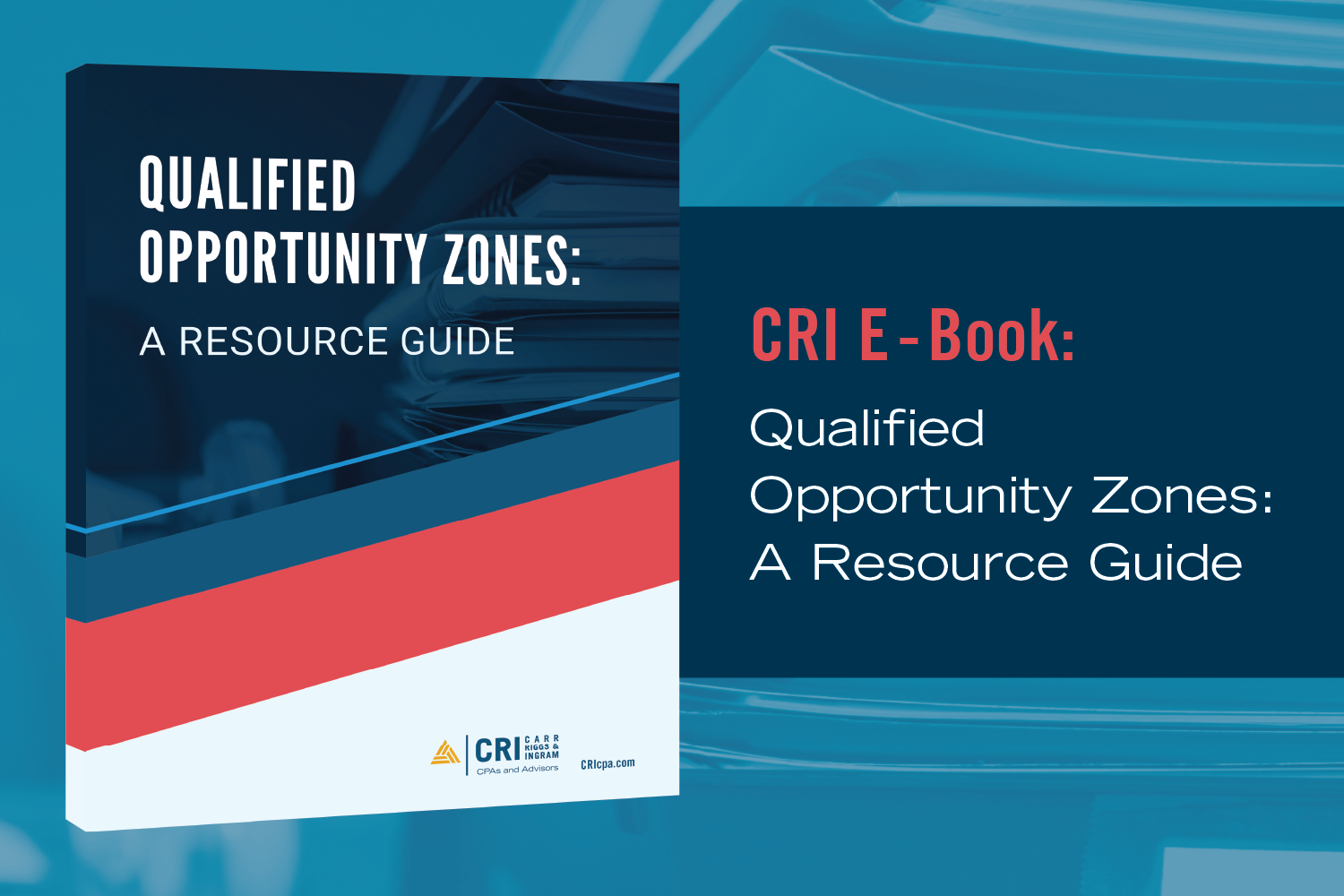Stay Vigilant to Reduce the Risk of Occupational Fraud
- Contributor
- Ben Kincaid
Jan 26, 2024
Occupational fraud hurts businesses of every type and size, and the costs continue to grow. The typical fraud incident goes undetected for an entire year and creates $8,300 in monthly losses, according to a recent report by the Association of Certified Fraud Examiners (ACFE).
Some departments are more likely to be associated with fraud than others. Operations, accounting, upper management, and sales departments together represented almost half of the fraud incidents reported to the ACFE. That’s not to say fraud doesn’t occur elsewhere, though. No department or employee should be considered immune to fraud.
Why Fraud Happens
Motivation, opportunity, and rationalization make up what experts describe as the “fraud triangle,” the three pillars that underpin occupational fraud. Understanding these factors can help business leaders identify risky situations.
A fraudster’s motivation could be simple greed, a pressing financial need, or just the inherent thrill of taking the risk. Some are even motivated by the idea of getting revenge for a perceived misdeed by someone associated with the company. Although motivation for fraud is beyond employers’ control for the most part, careful hiring practices can reduce risk from this pillar.
Motivation alone isn’t enough; opportunity must also be present. Employers can limit the opportunity for fraud by implementing sound internal control frameworks and making sure all staff know the rules and the consequences for breaking them.
Unlike motivation and opportunity, rationalization is purely psychological. It’s the mental gymnastics that fraudsters perform to convince themselves it’s okay to perpetrate their crime. Maybe it’s a sense of being treated unfairly by the company or a superior, or of not receiving adequate recognition or remuneration for their work. While it isn’t always based in reality, rationalization can be a powerful force, leading trusted team members to abandon the ethical behavior you’ve come to expect from them.
Watch for These Red Flags
Monitoring day-to-day business routines and processes can help leaders identify red flags that may signal fraudulent activity. Some of these indicators are an obvious cause for concern. Missing tax returns or other financial records, questionable financial information, unusual or noncompliant expense reimbursements, attempts to evade financial review, and reluctance to facilitate auditors’ work should always trigger alarm bells.
Similarly, repeated changes to banking information or account numbers and a desire to use different auditors each year are clear clues that something untoward may be taking place.
Keep an eye out for unexpected changes in personal behavior or demeanor, as well. It’s cause for concern whenever a team member’s lifestyle seems misaligned with their compensation. Other behavior changes that deserve close scrutiny might be refusal to take time off or work a different shift, or insistence on working with specific vendors. There may be nothing sinister behind the behavior, but the potentially huge financial stakes make it worthwhile to double-check before dismissing it as merely quirky.
Even in the absence of red flags, if something seems amiss, trust your intuition and dig deeper to see what’s behind that gut feeling. You’ll either uncover fraud so you can stop it, or put your mind at ease that there is no problem — a win either way.
Strategies to Mitigate Fraud Risk
Besides ensuring adequate internal controls and oversight, implementing organization-wide fraud mitigation strategies can significantly limit fraud-related losses. The following are a few low-cost fraud mitigation strategies:
- Background checks: Thoroughly vet job candidates to weed out applicants with high-risk profiles.
- Employee training and development: Ensure that all team members receive fraud prevention training and understand the policies.
- Segregation of duties: Set clear protocols that require multiple layers of review for financial reporting and activities.
- Positive workplace culture: Establish a top-down culture of positive interaction, open communication, and respect for rules.
- Reporting methods: Provide multiple methods for staff to report fraud, including ways to do so anonymously. Organizations with hotlines detect fraud more quickly (12 months vs. 18 months), and they have lower losses (the median loss is $100,000 vs. $200,000), according to the ACFE report.
There’s no foolproof way to prevent fraud, but an alert and proactive stance can significantly mitigate the risks and help keep your business safe from occupational fraud. If you’re concerned about the possibility of fraud in your organization, your CRI advisor is ready to talk.

